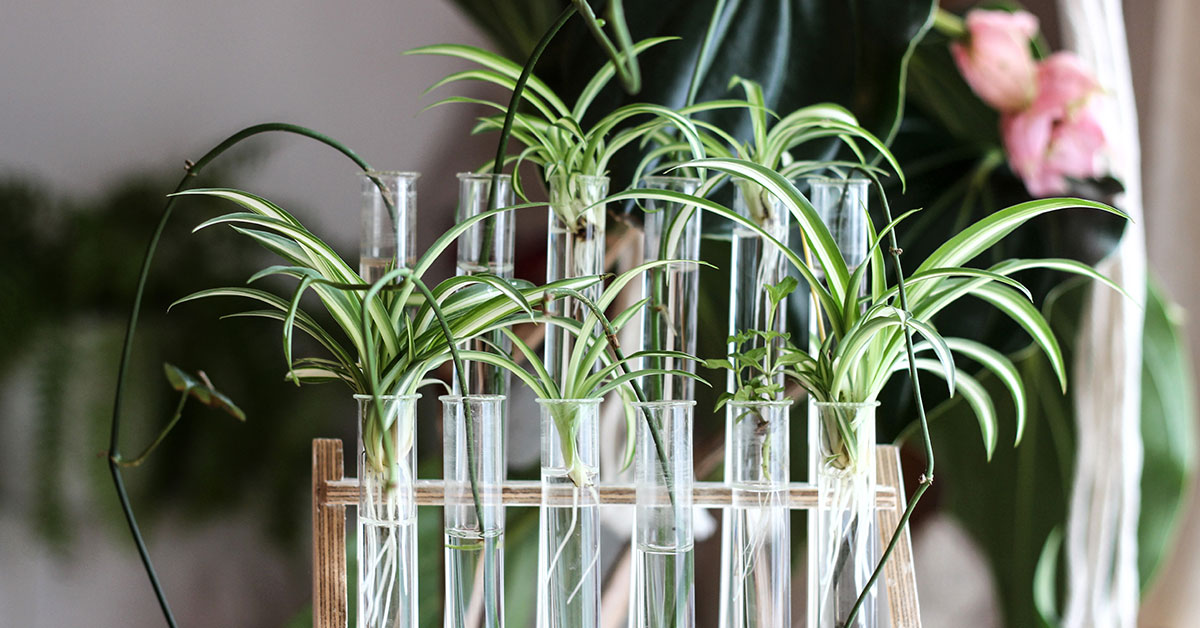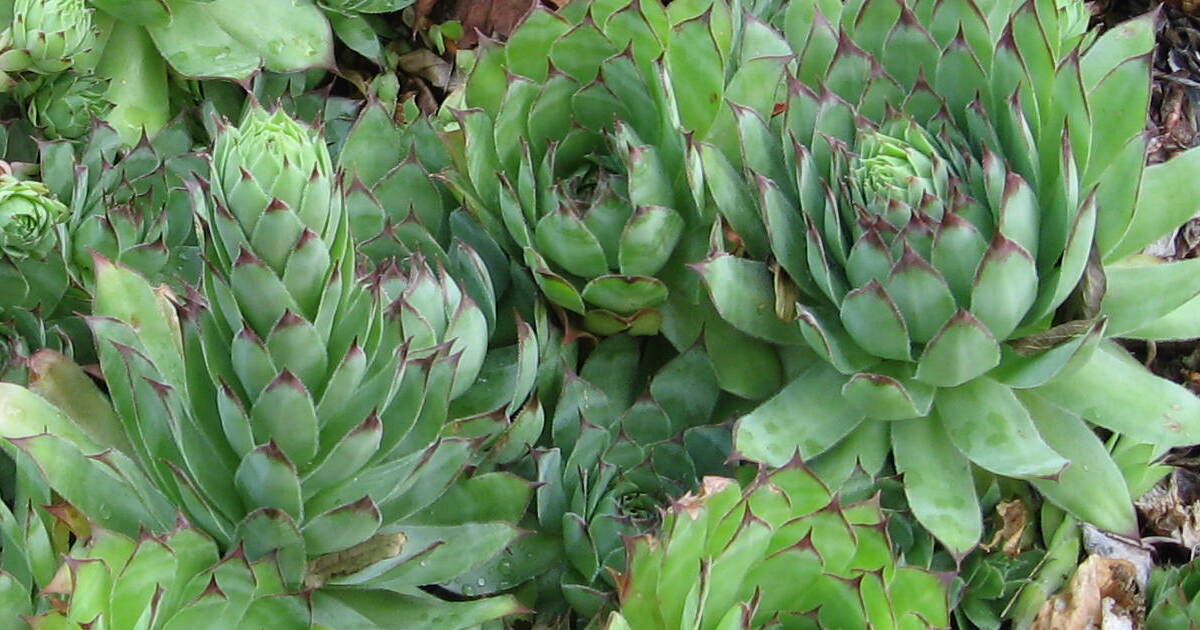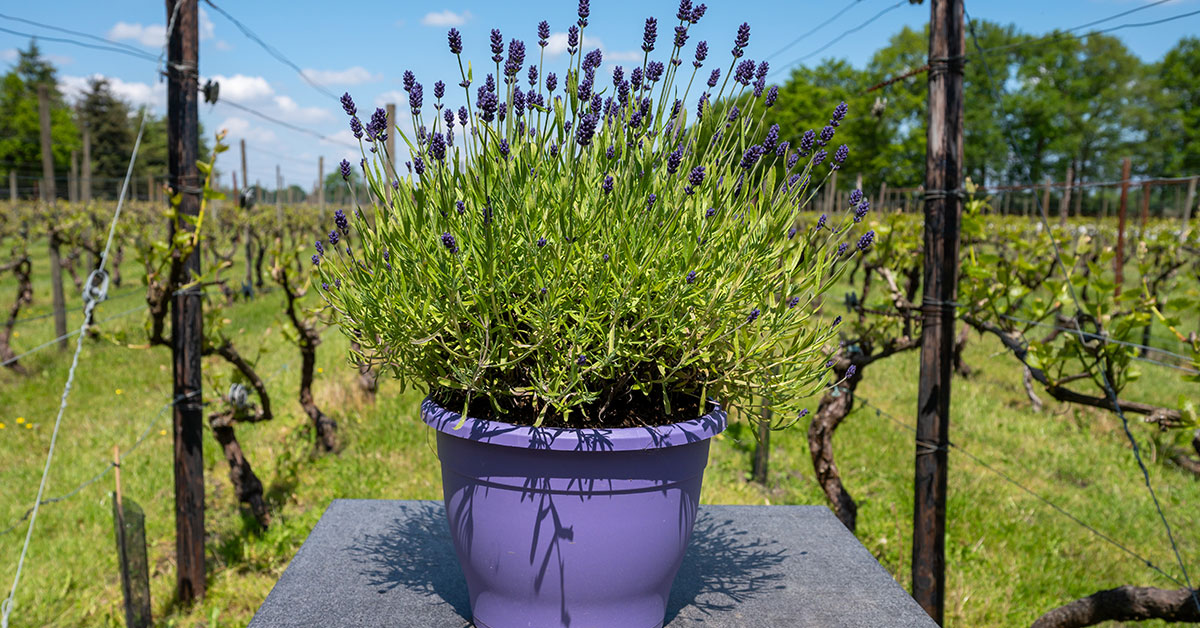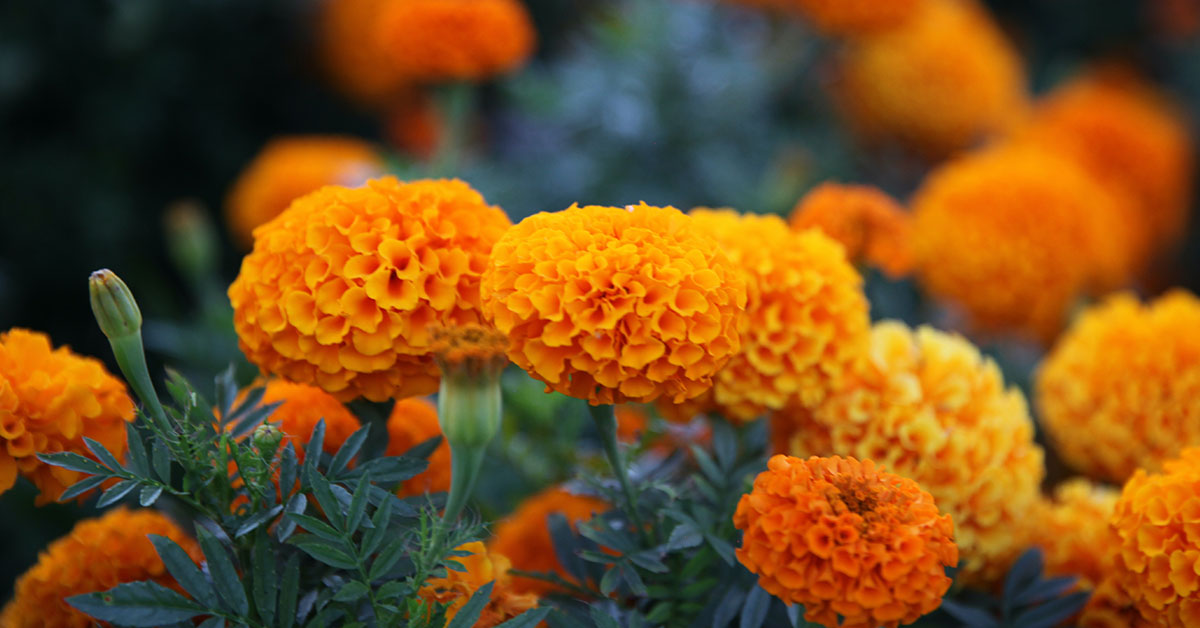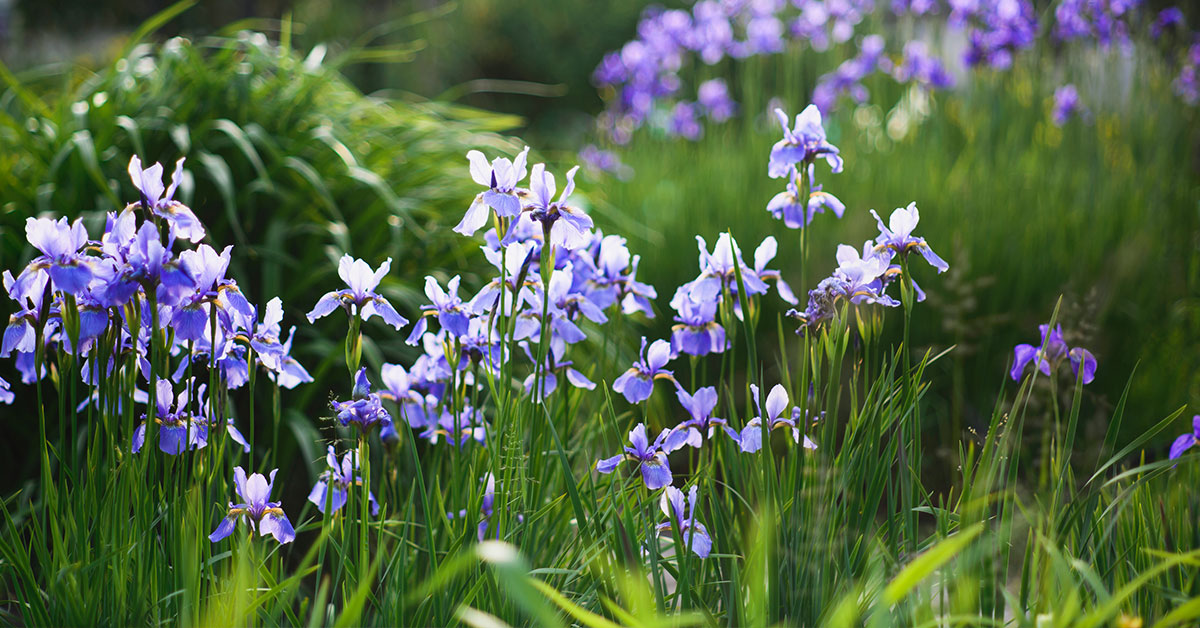Indoor gardening can be an exciting adventure, especially when you discover plants that flourish on minimal watering yet add irresistible charm to your space! I’ve experimented with a variety of resilient greens over the years, and I know how disheartening it is to see your favorite plants suffer from over-caring or neglect. In this article, I’m thrilled to share 12 hardy indoor plants that require very little water but bring vibrant life and unique personality into any home. Whether you’re a seasoned gardener or just starting out, these plants will transform your space into a cozy, natural haven!
I completely understand the struggles that come with maintaining indoor greenery—like battling pesky pests or finding the perfect balance in a shady room. It’s such a bummer when your efforts seem to vanish under a flood of unnecessary care! That’s why these plants, with their origins spanning continents and climates, are my go-to choices. Each species boasts intriguing behaviors like nest-like leaf arrangements and fascinating growth patterns, making your gardening journey not only low-maintenance but also incredibly rewarding!
Pothos
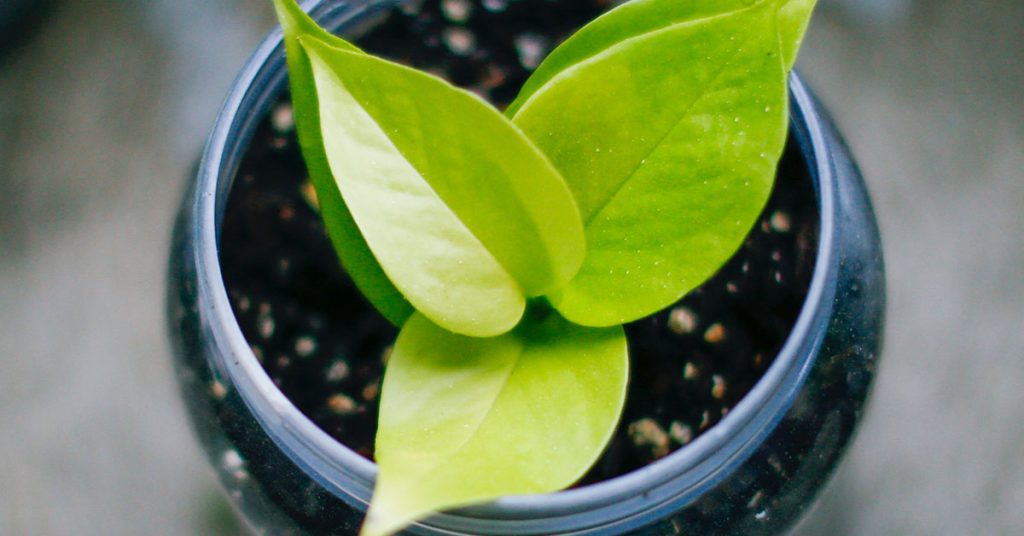
Pothos (Epipremnum aureum) originally hails from the Solomon Islands and has a reputation for trailing vines and heart-shaped leaves that bring a dash of tropical flair to your home. I adore how its cascading vines seem to form delicate, intertwined nests that cradle tiny micro-ecosystems, making every corner feel special. Its forgiving nature means you don’t have to worry too much about watering, allowing you to enjoy the beauty of its sprawling growth without fuss!
From my personal experience, Pothos is a joy to nurture even on your busiest days. Its behavior reflects its natural tropical origins where intermittent rain showers nurture its growth in the wild. Although it can spread if left unchecked, it never turns invasive, ensuring your indoor oasis remains a balanced and harmonious retreat. Every time I watch its vines meander along a shelf or hang gracefully from a planter, I’m reminded of nature’s effortless artistry!
Cast Iron Plant
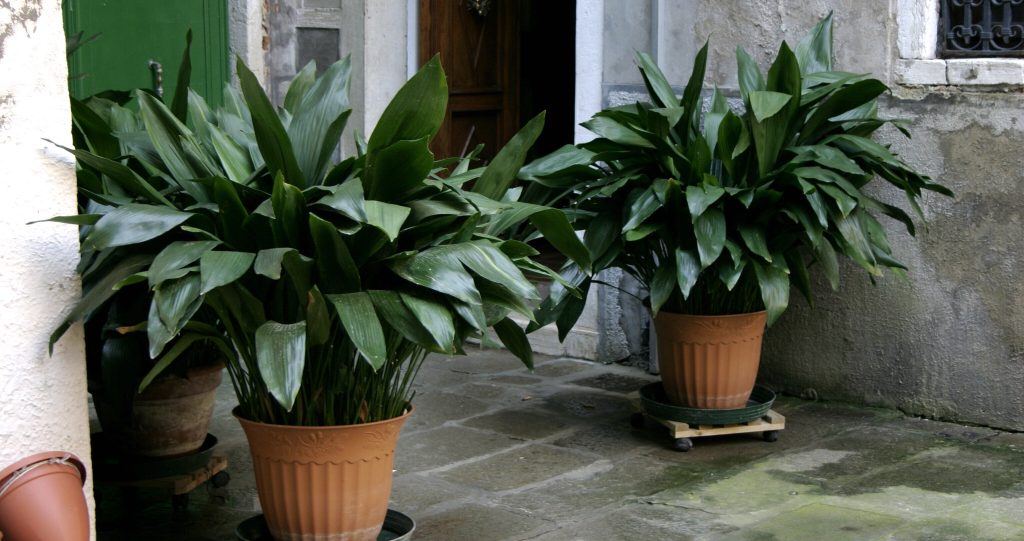
The Cast Iron Plant (Aspidistra elatior) is a stalwart among indoor greens, native to the shaded forest floors of Asia. Its deep green, broad leaves have an inherent elegance, arranged in a way that almost mimics a natural nest—a cozy, clustered display that brightens any dull corner. I find its ability to thrive on scant water both impressive and inspiring, making it an essential companion for any low-maintenance garden!
This plant is a true champion for those of us who sometimes forget a watering session! With its slow, deliberate growth, it unfurls new leaves from a central crown, reinforcing its reputation as a resilient and steady presence. Although not considered invasive, its robust character makes it feel like an old friend that stands guard over your indoor sanctuary, offering both style and durability without demanding constant attention!
Peace Lily
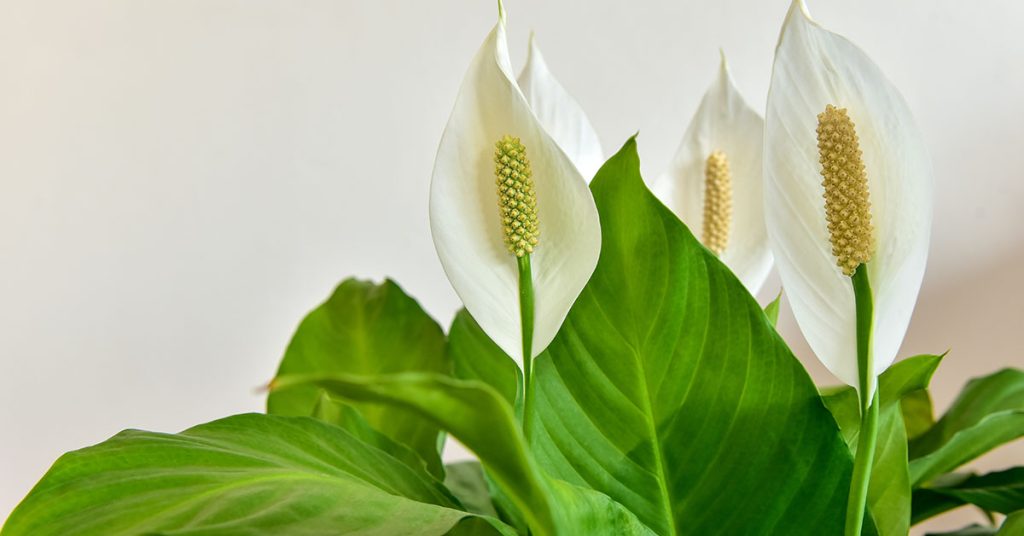
Peace Lilies (Spathiphyllum spp.) are not only celebrated for their graceful white blooms but also for their ability to flourish with minimal water. Native to tropical regions of the Americas and southeastern Asia, these plants exude tranquility and calm, forming delicate clusters that seem to cradle a secret, natural nest. I’ve always found their lush, glossy leaves a soothing reminder that nature’s beauty often lies in subtle elegance!
In my own indoor garden, Peace Lilies have been a symbol of serenity and gentle resilience. Their unique flowering pattern, which appears almost as if emerging from a soft nest, brings a peaceful vibe that lightens up even the dreariest days. They occasionally attract a few beneficial insects, adding an extra layer of life and interest, yet remain non-invasive—perfect for anyone looking to add a touch of natural grace to their living space!
Jade Plant
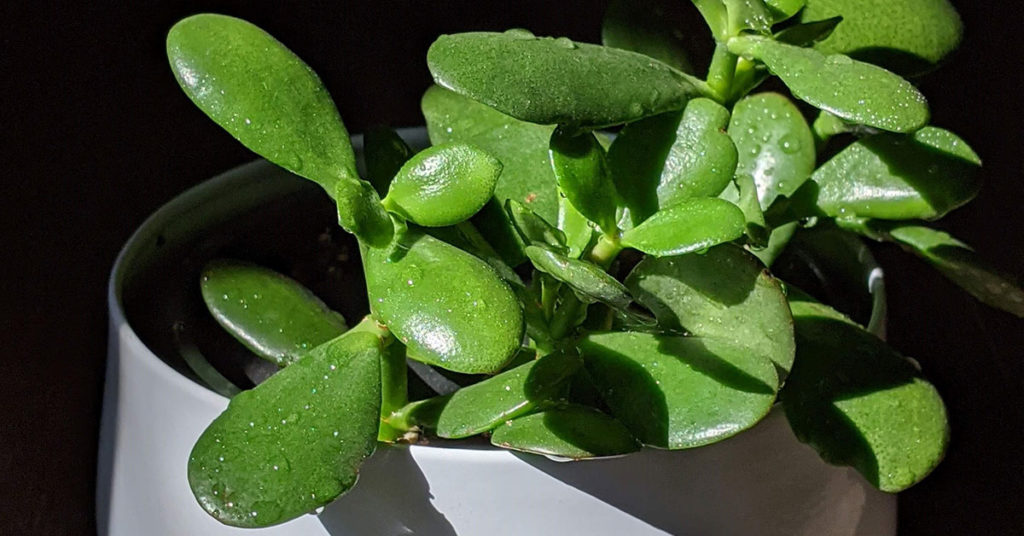
Hailing from the sun-drenched regions of South Africa, the Jade Plant (Crassula ovata) captivates with its tree-like appearance and succulent, rounded leaves. I love how its thick, woody stems give it an almost ancient aura, while the leaves sometimes cluster in a nest-like fashion that exudes natural charm. Its low water requirements make it a darling among busy gardeners who appreciate both style and simplicity!
My experiences with the Jade Plant have been nothing short of enchanting. Every time I tend to it, I’m reminded of its origins in arid landscapes where water is a treasured resource. Though it can spread a bit if neglected, it remains non-invasive and perfectly suited for indoor life. The Jade Plant’s graceful, sculptural form not only enlivens your space but also tells a story of survival and timeless beauty—one that I’m excited to share with fellow plant enthusiasts!
Aloe Vera

Aloe Vera is a succulent wonder, native to the arid expanses of the Arabian Peninsula and Africa, that thrives on its ability to store water in thick, fleshy leaves. I’ve always been fascinated by its spiky, architectural form and the way its leaves curl in patterns that resemble mini natural nests. This clever adaptation not only makes it drought-resistant but also gives it a striking, almost sculptural presence in any room!
Beyond its aesthetic appeal, Aloe Vera is renowned for its healing properties—something that has personally come in handy more times than I can count! Its low water demands make it ideal for forgetful gardeners, and its behavior reflects its native desert origins where every drop counts. Even though it’s a robust survivor, Aloe Vera remains well-behaved and non-invasive, proving that nature’s most useful treasures often come in the simplest forms!
Spider Plant
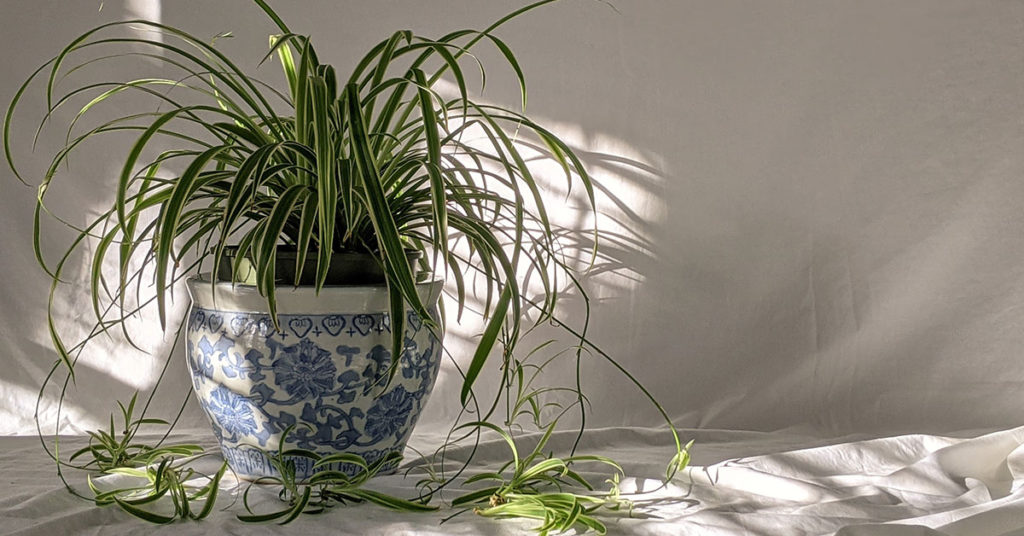
The Spider Plant (Chlorophytum comosum) is a delightful native of South Africa known for its arching, ribbon-like leaves that seem to dance gracefully from hanging baskets. I love how its offshoots, affectionately called “babies,” dangle like tiny nestlings from the parent plant, creating a dynamic and playful display. Its minimal water needs mean that even if life gets hectic, this plant continues to thrive and transform your space with ease!
Every time I see a Spider Plant in full flourish, it reminds me of the magical balance of nature. Its cascading growth mimics the gentle unfurling of leaves in its native habitats where dappled sunlight streams through canopy cover, forming natural nests of foliage. Although occasionally challenged by pests, its adaptability and non-invasive nature ensure that it remains a reliable and charming addition to any indoor garden. It’s these little surprises that keep my passion for indoor gardening alive!
Succulent (Echeveria)

Echeveria, a succulent genus native to the semi-desert regions of Central America, has stolen my heart with its beautifully arranged rosette forms. Each compact rosette unfolds in layers that resemble intricate, natural nests—an architectural wonder that stores water efficiently and adds a burst of sculptural elegance to your decor. Their vibrant colors and unique textures provide a fascinating focal point that never fails to captivate me!
In caring for my Echeveria collection, I’ve come to appreciate how these little gems thrive on very little water, making them ideal for anyone with a busy lifestyle. Their hardy nature, evolved in harsh, arid environments, means that they require minimal intervention while still providing an impressive display of natural artistry. Despite their tendency to multiply under optimal conditions, they never become invasive, offering a delicate balance between beauty and resilience that every indoor gardener can admire!
Chinese Evergreen
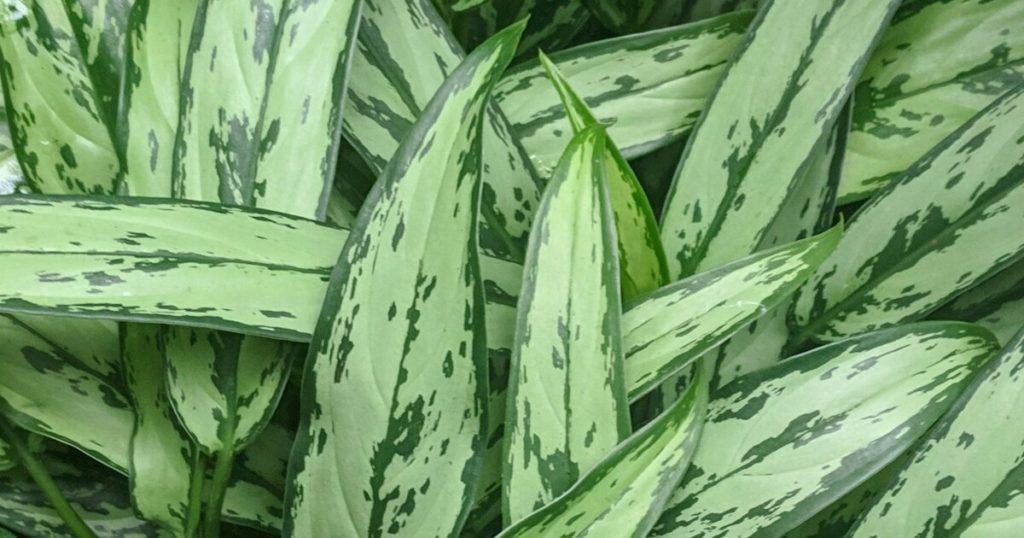
The Chinese Evergreen (Aglaonema spp.), native to the tropical and subtropical regions of Asia and New Guinea, is a true gem in my indoor garden. Its vibrant, patterned leaves create an eye-catching mosaic that instantly livens up any room, and I’m especially charmed by the way its clusters appear to form little nests of greenery. This plant thrives with minimal water and is perfect for those of us who crave beauty without the burden of constant care!
Every time I tend to my Chinese Evergreen, I feel a connection to its rich cultural heritage and the diverse landscapes from which it hails. Its steady, unhurried growth and non-invasive nature make it an ideal companion for indoor spaces, ensuring that it remains a delightful feature rather than overwhelming your décor. I can’t help but smile at how this plant, with its blend of robust resilience and elegant charm, continually inspires me to explore new dimensions of indoor gardening!
Rubber Plant
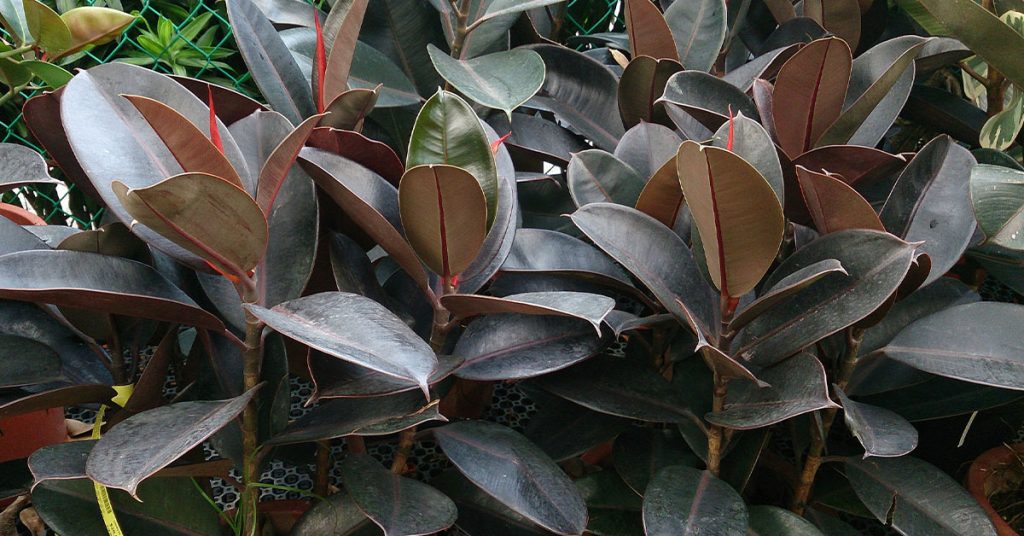
The Rubber Plant (Ficus elastica) originates from the lush rainforests of India and Southeast Asia, making it a striking addition to any indoor setting. I’m fascinated by its glossy, broad leaves that seem to unfurl in a carefully orchestrated display, almost like they’re constructing their own little nest to harness sunlight! Its ability to retain water efficiently means that it flourishes even with minimal care—a trait that’s near and dear to any busy gardener’s heart!
I have always found the Rubber Plant’s behavior to be both captivating and comforting. Its habit of orienting its leaves toward available light mimics nature’s own strategies for survival, reminding me of a bird meticulously adjusting its nest for maximum comfort. Although it carries a touch of exotic allure from its tropical origins, it remains non-invasive indoors, ensuring that its impressive presence is as practical as it is beautiful. It’s a constant reminder that with just a little water and care, nature can bring an incredible burst of life to your home!
Dracaena
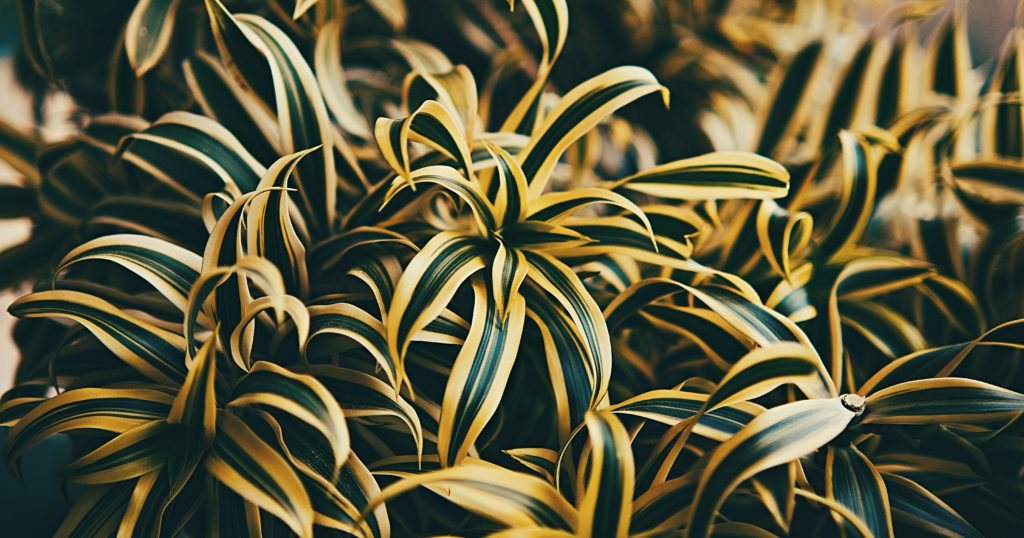
Dracaena, with species originating from the tropical landscapes of Africa and Asia, adds an element of wild elegance to any indoor space. Its long, strap-like leaves and sometimes spiky form evoke images of ancient sentinels standing guard in a forgotten forest, each cluster forming an almost nest-like structure that supports a miniature ecosystem! I’ve found that its low water requirements are a blessing for those days when I’m too busy to fuss over every detail, allowing its quiet beauty to shine through effortlessly.
In my garden, the Dracaena has proven to be a symbol of subtle strength and resilience. Its ability to thrive in challenging conditions—drawing on the tough, humid climates of its native habitats—offers a reassuring counterpoint to the sometimes overwhelming pace of modern life. Despite its robust character, it remains non-invasive, so you can enjoy its dramatic form without any worry of it overtaking your space. Every encounter with a Dracaena reminds me that nature’s most enduring gifts are often those that require the least to flourish!
Snake Plant
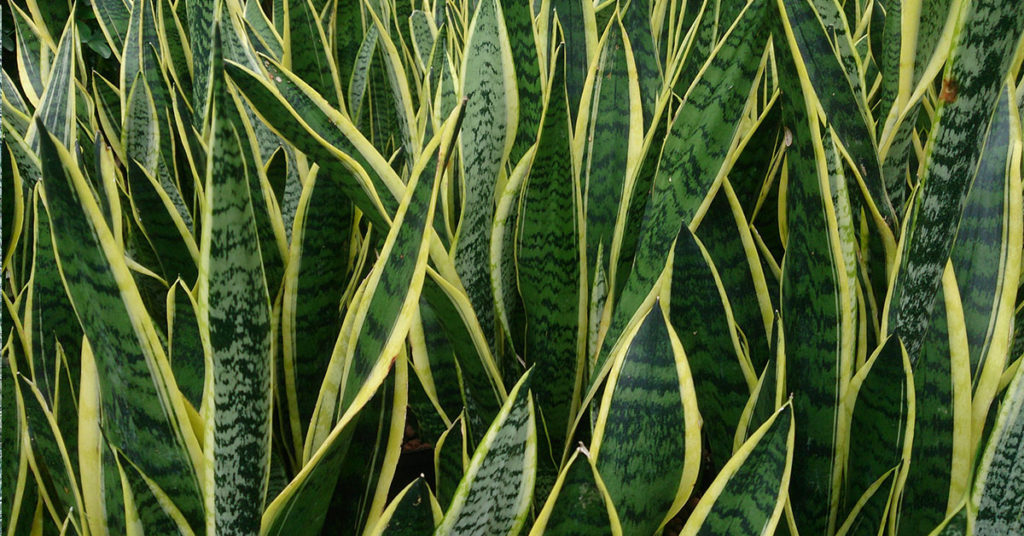
The Snake Plant (Sansevieria trifasciata), native to the arid regions of West Africa, is a real showstopper with its sword-like leaves and bold patterns that command attention in any room. I’m always impressed by how its striking, upright foliage seems to arrange itself into subtle, nest-like formations—a design that hints at both elegance and resilience. With its minimal water needs, this plant is an absolute must-have for anyone who craves beauty without the constant worry of upkeep!
From my own experience, the Snake Plant has been a steadfast companion, effortlessly adapting to various indoor environments while remaining non-invasive. Its origins in rugged, dry landscapes have imbued it with the power to store water efficiently, making it nearly indestructible even during those hectic periods when watering slips your mind! Every time I glance at its architectural form, I’m filled with admiration for nature’s ability to blend strength with simplicity—a constant reminder that sometimes, less truly is more!
ZZ Plant
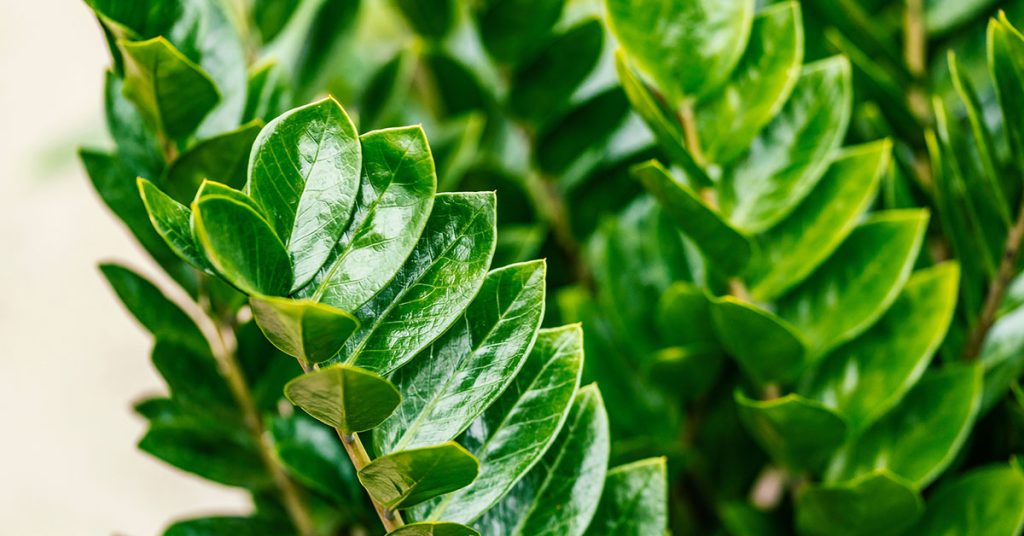
The ZZ Plant (Zamioculcas zamiifolia), a native of Eastern Africa, is one of the most remarkable additions to any indoor garden. Its waxy, hearty leaves not only store water with remarkable efficiency but also create a natural, nest-like appearance that adds texture and depth to your décor. I find its mysterious, almost sculptural presence truly mesmerizing—like a hidden gem that quietly transforms your living space into an oasis of calm and resilience!
In my experience, the ZZ Plant is a real lifesaver for those hectic days when you can’t be there to care for your plants constantly. Its robust nature and ability to flourish in low light have made it a favorite of mine, and I love how it never becomes invasive despite its unassuming charm. Every time I catch a glimpse of its vibrant green leaves, I’m reminded of nature’s subtle strength and beauty—a testament to the idea that even the quietest survivors can leave a lasting impression!


